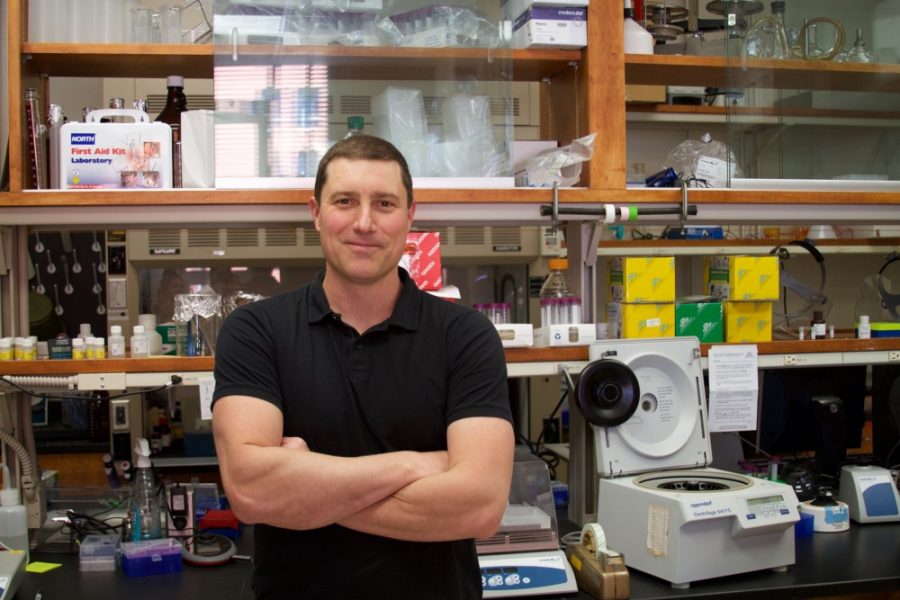Dr. Michael Worobey, head of the UA Department of Ecology and Evolutionary Biology, recently presented research at the annual Conference on Retroviruses and Opportunistic Infections in Boston.
The CROI website describes this conference as an event that “brings together top [scientists] from around the world to share the latest studies, important developments and best methods in the ongoing battle again HIV/AIDS and related infectious diseases.”
The research presented by Worobey, which is in the process of publication, revolves around the movement of HIV to New York in the 1970s and builds on research that disproves the idea that Gaëtan Dugas is “Patient Zero” for HIV in the United States. This research also adds to work already published by Worobey, which concluded the virus came to the U.S. by way of the Caribbean several years before researchers initially thought.
The UA researchers acquired eight samples of blood from bisexual and gay men taken in 1978 and 1979, then isolated the virus from the blood, allowing them to restore the HIV genomes. Science magazine states the researchers used a technique called the “molecular clock,” which allowed researchers to assemble a phylogeny of various genetic isolates from the virus and place them in time.
The Centers for Disease Control and Prevention originally labeled Dugas as Patient Zero for the virus in the 1980s because he was connected to a number of the original AIDS cases reported in the United States. The CDC believed they identified Dugas, a flight attendant who worked for Air Canada, as the individual who brought the HIV virus to the United States from Europe. Dugas was subsequently made infamous in Randy Shilts’ book “And the Band Played On,” published in 1987, as a promiscuous spreader of HIV. Though this misrepresentation of Dugas as Patient Zero has since been refuted, the research recently completed in UA labs offers a greater understanding of the migration of HIV to the United States.
The age of the blood samples used in the study made it difficult for the researchers to recover the HIV genetic material necessary to carry out their experiments. However, techniques such as the polymerase chain reaction can make it possible to recover extremely low concentrations of DNA from old biological samples.
“PCR allows the amplification, or production in large amounts, of a specific piece of DNA, like a gene,” said Dr. Nadja Anderson, director of the BIOTECH Project. “The technique is powerful enough to analyze whether an individual has a genetic disease from a single cell. Most every laboratory uses PCR for their research or diagnostics.”
The results of the study found HIV-1 to show a great deal of genetic diversity in 1978-79 in the United States, especially in New York City.
The authors write in their abstract that by 1970, HIV-1 arose from a founder virus, which came from an older and more diverse subtype of the virus in the Caribbean, concluding there is no evidence that the primary case in the U.S. was Patient Zero. The virus moved to the mainland U.S. through New York City in 1970, placing HIV in the states before Dugas.
Follow Hannah Dinell on Twitter.









